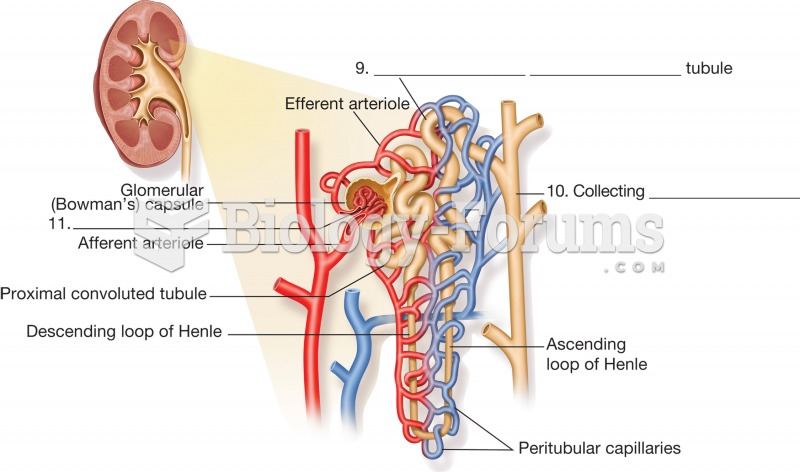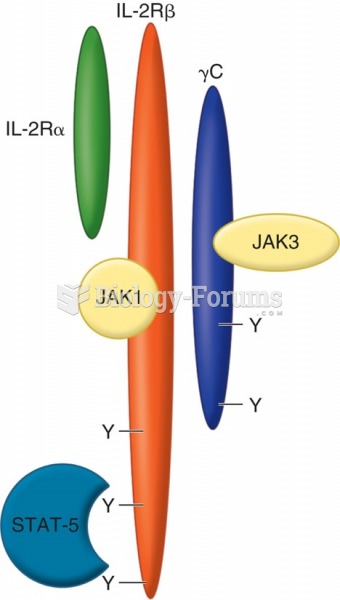Answer to Question 1
Along with Judaism and Islam, Christianity follows the Abrahamic tradition, tracing its roots to Abraham and Sarah. Although Jews and Christians share common scripture in the portions of the Bible known to Christians as the Old Testament, they interpret them differently. The Christian teachings in the New Testament present a world view in which the old covenant between God and humans, as found in the Old Testament, is obsolete in light of God's offer of a new covenant to the followers of Jesus, whom Christians believe to be God's only son. As described in the New Testament, Jesus was born to the Virgin Mary and her husband, Joseph.
The central themes in the teachings of Jesus are the kingdom of God and standards of personal conduct for adherents of Christianity. Jesus emphasized the importance of righteousness before God and of praying to the Supreme Being for guidance in the daily affairs of life. One of the central teachings of Christianity is linked to the unique circumstances surrounding the death of Jesus. Just prior to His death, Jesus and His disciplines held a special supper, now referred to as the last supper, which is commemorated in contemporary Christianity in the sacrament of Holy Communion. Jesus was executed by crucifixion, which made the cross a central symbol of the
Christian religion. Many Christian churches teach that one day Jesus will come again in glory and that His second coming will mark the end of the world as we know it. Christianity has universalistic criteria for membershipmeaning that is does not have ethnic or tribal qualificationsbased on acceptance of a set of beliefs. Becoming Christian requires personal belief that Jesus is the son of God; that He died, was buried, and on the third day rose from the dead; and that the Supreme Being is a sacred trinitythe Christian belief of God the Three in One, comprising God the Father, Jesus the Son, and the Holy Spirita presence that lives within those who have accepted Jesus as savior. To become members of the religious community, believers must affirm their faith and go through a rite of passage of baptism. According to the teachings of Christianity, those who believe in Jesus as their savior will be resurrected from death and live eternally in the presence of God, whereas those who are wicked will endure an eternity in hell. Today, almost one-third of the world's populations (between 1.5 billion and 2 billion) refer to themselves as Christians. The majority of Christians live in North or South America or in Europe. Today, about 160 million people in the United States are associated with Protestant churches, whereas about 75 million consider themselves to be Catholics.
Answer to Question 2
d






